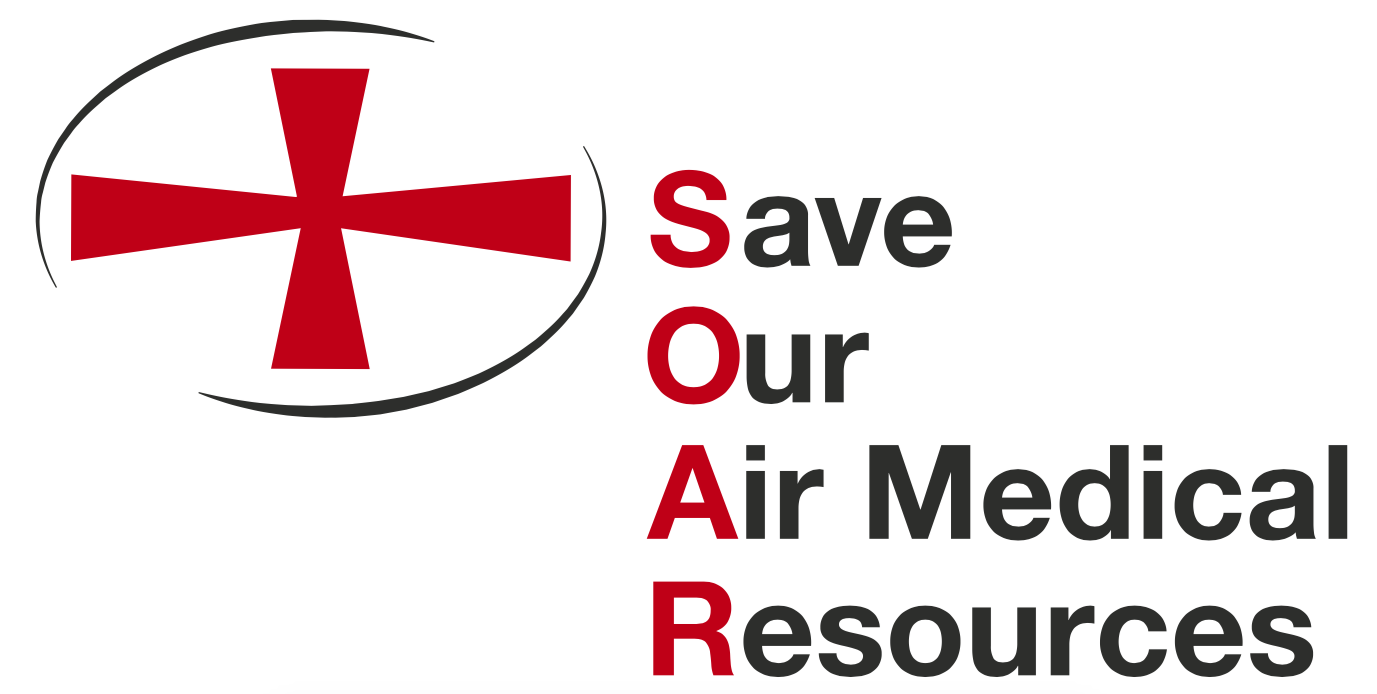Workforce shortages in the health care industry are dire - 1 in 5 health care workers are leaving the industry. From the exhaustion of fighting a deadly virus to long hours and low pay, the pain has been felt in emergency rooms, nursing homes, and everywhere else across the spectrum of care – including the air ambulance industry. Facilities and providers struggle to replace a workforce with such specialized skills and training and unfortunately for rural America, including areas of Indiana, the repercussions are amplified since much of the population relies on air ambulances to fill the gap as rural hospitals close at alarming rates and the nation faces a simultaneous dearth of trained pilots.
Air ambulance bases are staffed by EMTs, critical care nurses, and pilots who can operate fixed-wing and rotor-wing aircrafts. These “flying ICUs” provide a very high level of care in emergencies and help the millions of Americans who live more than thirty minutes from an emergency room and the 1 in 4 Americans who live more than an hour from a Level 1 or 2 trauma center access life-saving care. Because of the heavy reliance on air ambulances, rural America is facing the devastating effects of health care worker and pilot shortages both on the ground and in the skies throughout Indiana and beyond.
The issue is deadly serious.
Ninety percent of air ambulance transfers are for stroke, heart attack, or traumatic injury. Trauma doctors refer to the “Golden Hour” as the first hour after a traumatic injury because the right kind of medical care received during this critical window can lead to vastly better outcomes for the patient – saving their life or preserving brain function and future quality of life. Without air ambulance providers, Americans in rural areas have literally no way to get to trauma centers within this time-sensitive window.
Air ambulances have also played a critical role during the pandemic by transporting patients between facilities as hospital beds in smaller rural areas filled up fast. These inter-facility transports are becoming increasingly more common. And as rural hospitals continue to shutter – closures hit a record high in 2020 – fewer hospitals mean getting to the right facility for treatment becomes harder and harder for rural residents who must travel greater distances. Air ambulances are there to fill the gap, but only if there are enough trained staff to keep bases open.
Fortunately, our leaders in Congress are working to address the serious workforce shortages in the health care industry, including Indiana’s own Senator Mike Braun who is a Ranking Member on the HELP Subcommittee on Employment and Workplace Safety. The subcommittee recently held a hearing examining the health care workforce shortages and how we can revitalize and diversify the workforce we will need in the coming decades. During the hearing, Sen. Braun acknowledged the unique challenge for Indiana and other rural states struggling with health care workforce shortages, and said "it will take more than just spending money."
The Senator is right: we need better ideas and innovative solutions to solve the workforce shortages.
If we are going to make a dent in the daunting rural workforce shortages, we must listen to the voices of all health care stakeholders, from nurses, physicians, and medical assistants to the trained pilots and critical care nurses who staff emergency air ambulance flights. That’s why the Save Our Air Medical Resources (SOAR) Campaign stands ready to work side by side with our leaders on Capitol Hill as a partner to address this complicated issue. We thank Senator Braun for his actions to date and urge all our lawmakers to prioritize addressing the critical shortages today and creating a pipeline of talent to take us into the future.
PJ Amartey is spokesperson for the Save Our Air Medical Resources (SOAR) Campaign.

